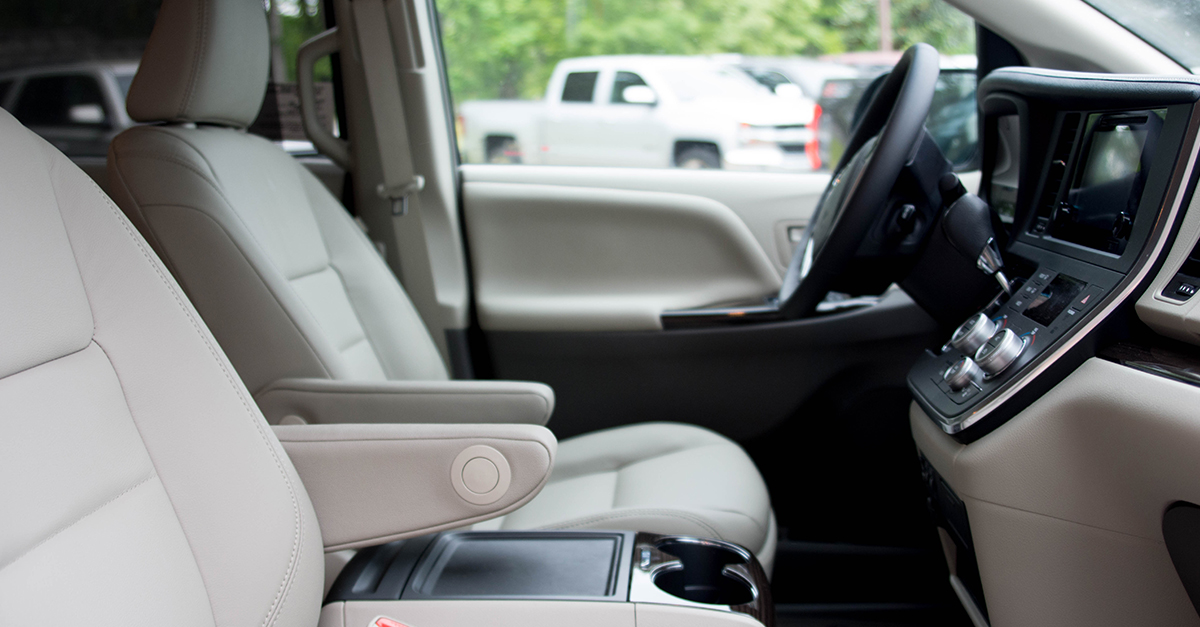Obtaining a Car History Report and How to Read One

Car history reports are an integral part of buying a car because they have information that can explain how long the car will last. Each report you purchase has a varying amount of data, but we’ll explain how you can use it to get the most bang for your buck.
How to Obtain a Car History Report
The first thing you need to do is obtain a car history report. Luckily, it’s a super simple process. Carfax is one of the most popular and well-known providers of vehicle history reports, but there are others on the market. Each service will have pros and cons that the buyer should consider. One Carfax con is that it is somewhat expensive. This cost is worth it, however, since reports display maintenance records, accident dates, the number of times a vehicle was taken to a repair facility, and other issues that the vehicle may have had. Carfax is sometimes considered the gold-standard due to the amount of data included.
AutoCheck is another provider. It differentiates itself by providing a numerical vehicle score on each report. This number shows how the vehicle compares to similar cars built that year. The scale can be a little confusing since it isn’t zero to 100, but it is a quick way to determine whether the potential buy is worth it. A car with a low score could have a salvaged title or mechanical issues. AutoCheck is also cheaper, but may not be as thorough as Carfax.
While shopping around, remember that the cheapest option isn’t the best. You get what you pay for when purchasing car history reports. You want the information to be accurate, concise, easy-to-read, and include what you need.
How to Read Car History Report
To help you decide which service is best, let’s talk about what information you need on your car history report. The title history is incredibly crucial because it will tell you whether the owner of the vehicle is the person selling the car. It should also inform you whether the title is salvaged, was flooded, has a lien, or if the auto is a “lemon.”
Car history reports also display past ownership and the odometer readings. A seller may illegally turn back an odometer to give the appearance of lower mileage. Additionally, the odometer readings could also give you clues as to how rough each owner treated the vehicle.
Finally, most car history reports should have a service history for when the vehicle went to the shop. Each oil change, part replacement, and checkup shows that the owner took care to extend the life of a car. An auto that hasn’t had any reports may have a clogged transmission or worse. The service history may also tell you whether the car has been in an accident, which could cause mechanical issues down the line.
When to Get a Car History Report
It is in your best interest to seek out a car history report before purchasing a used vehicle. Sometimes, dealerships provide a car history report with the car. If not, you can always ask to see the report before buying. Private individuals usually won’t provide a car history report, so it’s necessary for you to get one yourself. It may seem like an easy step to skip if the car looks good, but looks can be deceiving. Failure to do appropriate research could cost you in later repairs.




